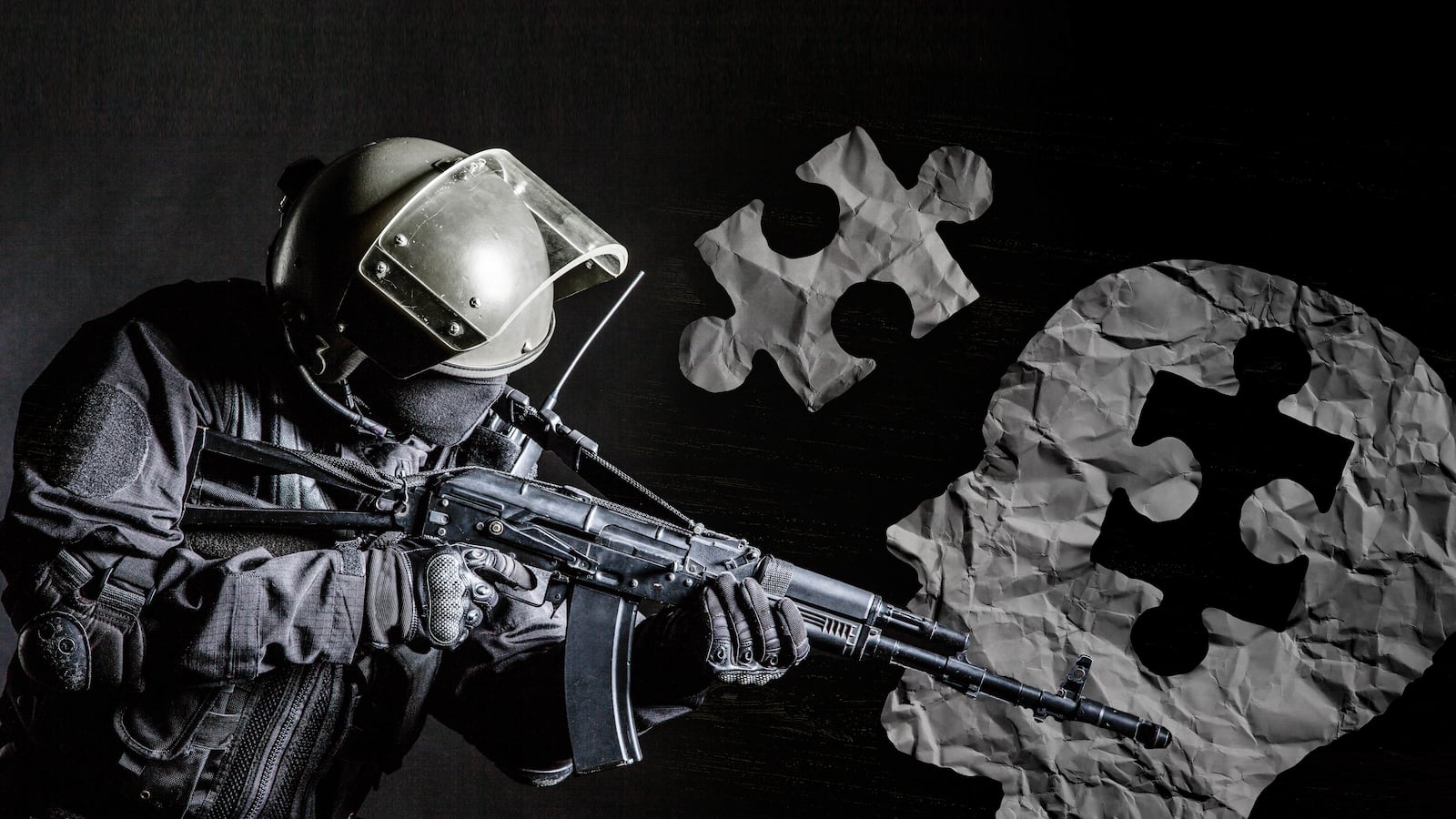In the spring of 2013, I was a student reporter interviewing lawmakers and jotting down notes on my laptop in the gallery of the North Carolina state Senate when a man told me he needed to look inside my backpack, as a security measure. Not wanting the hassle of unloading, I left and headed downstairs to continue working.
But as I was interviewing lawmakers, two uniformed security officers asked me what I was doing there. With only my student identification and ID card from California, which was where my family lives, it took quite some time to explain that I was working there and I felt dread and fear as a Latino autistic man who was suddenly the focus of law enforcement’s attention.
Those feelings returned when I watched the video showing Charles Kinsey, an unarmed black man and behavioral therapist in North Miami on the ground, with his hands up, trying to make sure police pointing guns and shouting orders didn’t shoot his charge, a man with autism sitting on the ground playing with a toy truck.
One of the officers did shoot Kinsey, and my dread and fear were magnified later when the Miami Police Benevolent Association said the officers were there because neighbors had called saying Kinsey’s patient had a gun. (He did not.) The association said the officer had meant to shoot the autistic man, whom he thought was somehow endangering Kinsey, and hit Kinsey by mistake.
Hearing cops say they hadn’t meant to shoot the black man, but the autistic one, hit close to home. I feel less secure than white people with autism and less secure than my friends of color who are neurotypical.
In a way, the police using an autistic person as an alibi makes sense. A recent white paper released by the Ruderman Family Foundation showed that up to half of all people killed by police are disabled and a medical condition or “mental illness” is used to blame victims for their own deaths. On top of that, 80 percent of all cases involving disability are labeled mental illness.
It shows how dispensable people with autism are, said Morénike Giwa-Onaiwu, chair of the autism and ethnicity committee of the Autism Women’s Network.
Along with being on the spectrum herself, Giwa-Onaiwu’s two youngest children, 5 and 7, have autism. When she disciplines them, they may stiffen up or engage in self-stimulative behavior, known as stimming, which is common among people with autism.
“That’s in a setting where they are sort of at ease,” she said. “Much less when it’s in a heightened situation where there’s police involved,” since many people on the spectrum have difficulty with sensory processing and overload. And even if they succeed in stimming to calm themselves down, that behavior can be alarming to officers even though it is a normal part of being autistic.
Finn Gardiner, Boston community coordinator for the Autistic Self-Advocacy Network, recalled the time he was stopped at a pharmacy in San Francisco when an employee called the police on him while he was waiting for a prescription.
“They saw a black man in a hoodie,” he said. Gardiner said run-ins with the police could also add additional stress and sensory overload because they come with sirens. There is also the additional danger given that 20 to 30 percent of children with autism develop epilepsy by adulthood.
The concerns about autistic people and police are so bad that Ron Hampton, who has a son with autism and is president of the D.C. Autism Society, says that “when our children have episodes we call each other,” not police. That’s especially damning considering Hampton himself was a police officer for 24 years, but knows better than to involve them with autistic children.
It is almost impossible to know how often autistic people of color are subject to police violence because—while the Centers for Disease Control and Prevention says that 1 in 68 children in the United States have been identified as having an autism spectrum disorder—there is yet no such survey of how many adults in the U.S. are on the spectrum.
On top of this, studies show that African-American children with autism are likely to be identified later than their white counterparts, and Latinos were less likely to be diagnosed than other kids.
Often, said Rebecca Cokley, executive director at the National Council on Disability, children of color are misdiagnosed with a behavioral disorder.
Despite the fact I live independently and have accepting employers and friends, as an adult who knows I am on the spectrum, I continue to live with the dread and fear of being misunderstood even as a professional journalist now writing for a publication like Roll Call.
Just last month, I was covering Republicans for my publication’s congressional baseball game at Washington Nationals Park and was given a credential with the wrong name on it. As a result, I was escorted by security officials to a basement area of the stadium and had to wait for the vice president of my company to vouch for me. I disclosed I am on the autism spectrum to let them know I was trying to comply and understand from their perspective that an uncredentialed person was near members of Congress.
Most of the officers were gracious, except for one who made a sarcastic joke that if things didn’t work out, they would tackle me.
Again, things worked out and I went on with my work. No damage done except a reminder of all the things that can go wrong in a world that fears my skin color and doesn’t to understand how my brain works.






